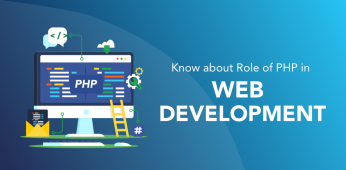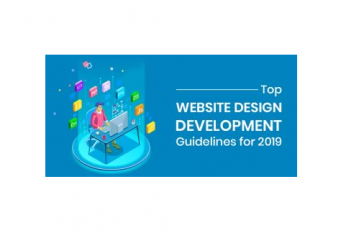It is a well-established fact now that for any company to flourish it needs to have its presence on the digital platform. While social media can be the right place to attract some attention but it does not establish a brand image of that company without a proper website. As a result of this businesses are hiring the best web development company to ensure that they get the website designed that would allow them to get as much traction as possible.
There are several technologies that are available in the market for developing a website but most of the developers use PHP as the technology for website development. This has resulted in a significant rise in PHP development companies. There are several reasons that PHP is the choice of web developers for creating a website.
In this article we will look into the role of PHP in web development and why developers at any custom software development company prefer to use PHP for developing a webpage.
Role Of PHP in Web Development
As mentioned earlier PHP is a server-side scripting language, which means the client only receives the output since the processing happens in the server. The processing is done by using the resources of the server before sending the output. This is in contrast to languages like JavaScript in, which the language is processed on the computer of the client and the resources used are from the computer and not a server.
Read more: Know About Role of PHP In Web Development








